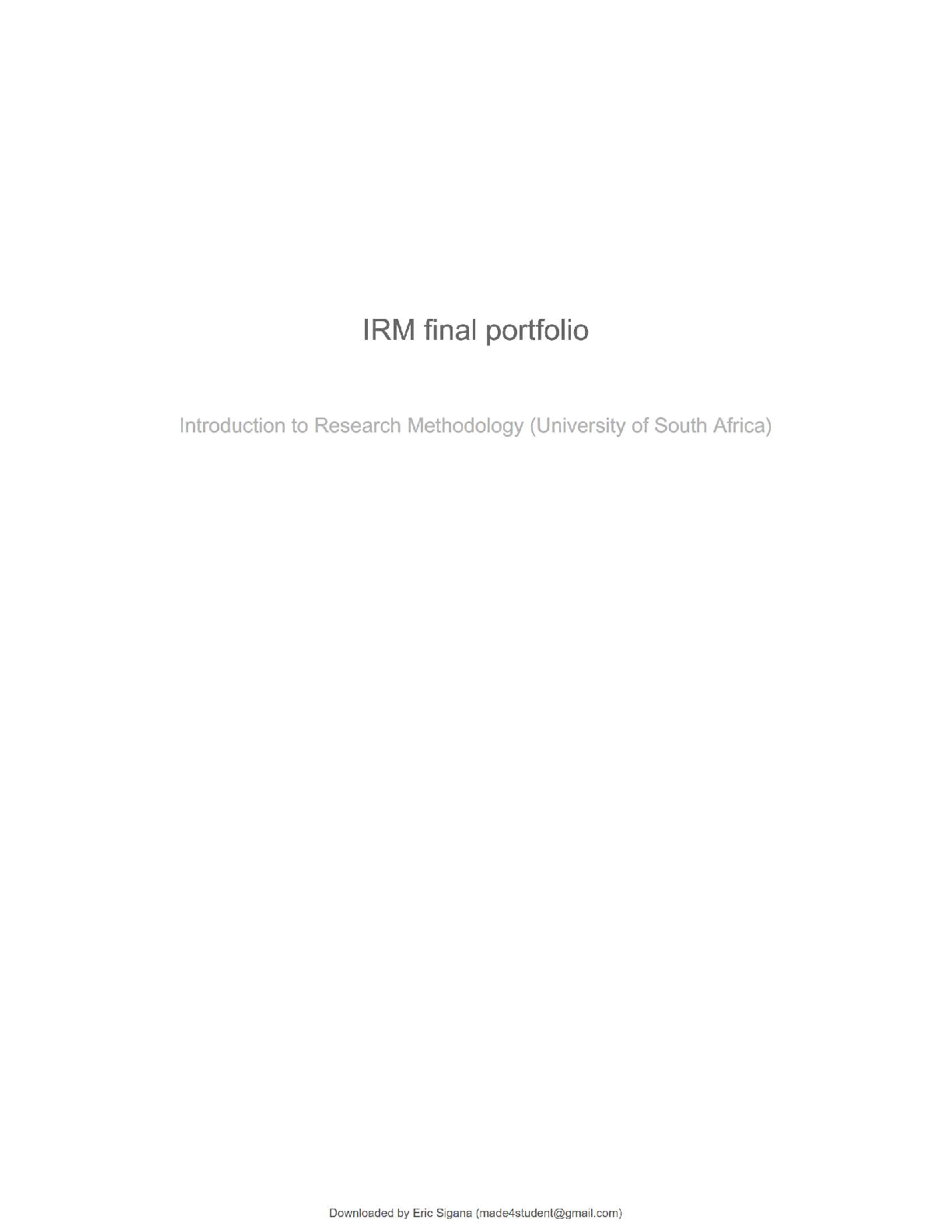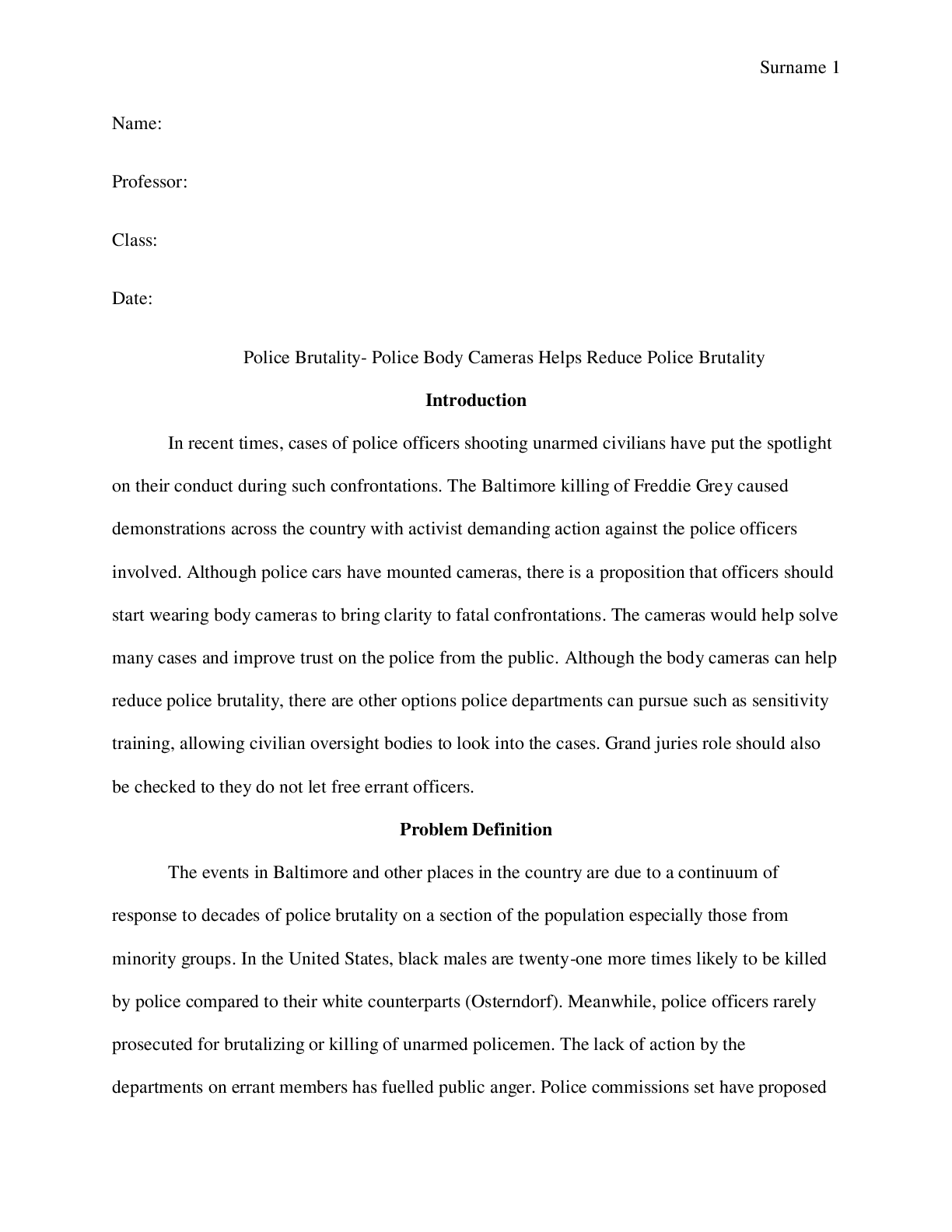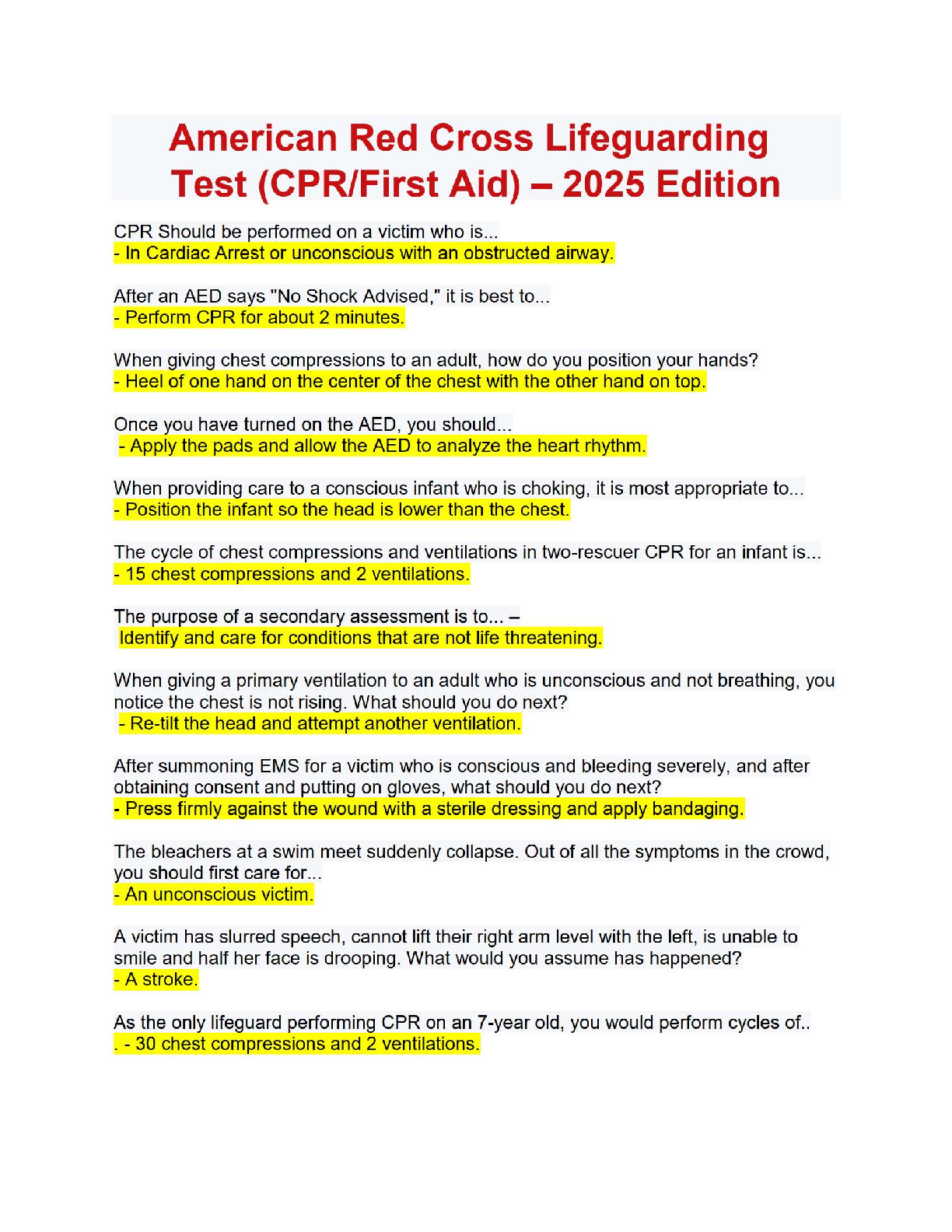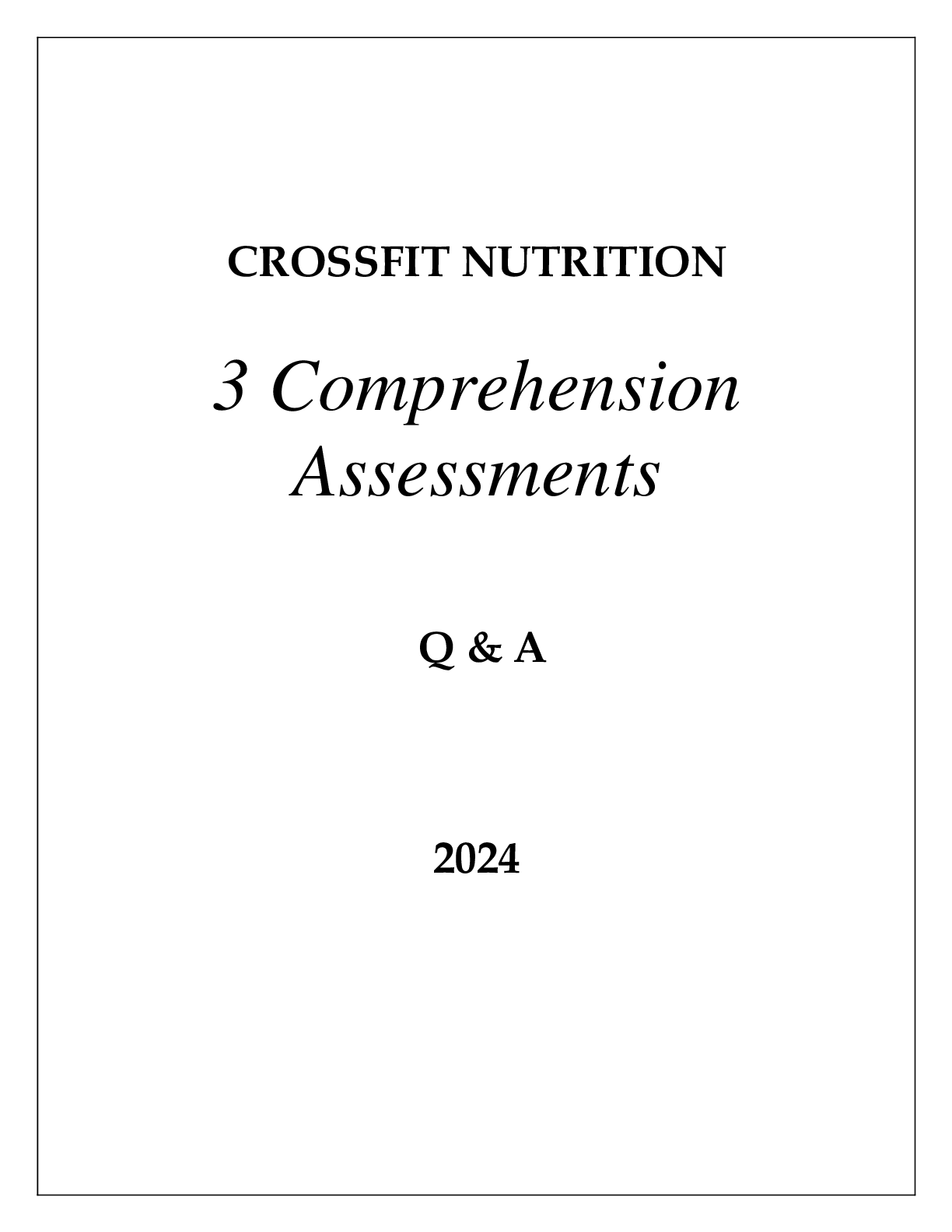Mechanics of Porous and Viscous Materials: A review on modeling of soil media. Graded A
Document Content and Description Below
Schulich School of Engineering
Department of Mechanical and Manufacturing Engineering
Course:
Mechanics of Porous and Viscous Materials
Final Report:
A review on modeling of soil media
Abst
...
ract
Modeling soil-structure interaction is one of the most common engineering problems that we deal with. Depending on the application, choosing a simple, easy to implement yet realistic model is crucial to reach a compromise between accuracy and complexity. In this report, a review on soil models including elastic models, modified elastic models, continuum models, elastoplastic models as well as viscoelastic models is provided. Then, applications, limitations, advantages as well as disadvantages of those models are described.
Keywords: Soil, Modeling, Elastic, Elastoplastic, Time-dependent, Nonlinear, Viscoelastic
Table of Contents
1 Introduction 1
2 Soil Models 3
2.1 Winkler’ elastic model 3
2.2 Improved Winkler’s models 4
2.2.1 Filanenko-Borodich elastic model 5
2.2.2 Hetenyi’s elastic model 5
2.2.3 Pasternak elastic model 6
2.2.4 Kerr elastic model 7
2.2.5 Multilinear Winkler’s model 7
2.3 Elastic continuum model 8
2.4 Improved continuum models 9
2.4.1 Vlasov model 9
2.4.2 Reissner model 10
2.5 Advanced models 11
2.5.1 Elastoplastic models 11
2.5.2 Hyperelastic model 15
2.5.3 Viscoelastic models 16
2.6 FE models 16
3 Summary 16
References
Modeling of soil media
1 Introduction
Soil is a complicated material that often shows nonlinear, anisotropic and time-dependant response when subjected to external loads; that is, soil behaves differently in loading, unloading and reloading. It exhibits nonlinear behavior with stress or strain dependant stiffness. Moreover, soil undergoes plastic deformation and is inconsistent in dilatancy. Soil also experiences small strain stiffness at very low strains and upon stress reversal. [1] The more sophisticated a soil model is, the more parameters have to be selected on the basis of soil investigation data. [2]
The five basic aspects of soil behavior include [2] (1) influence of water on the soil behavior, (2) influential factors on soil stiffness such as the stress level, stress path, strain level, density, permeability, consolidation ratio and the directional-dependant stiffness of the soil, (3) irreversible deformation as a result of loading, (4) soil strength with its influencing factors including loading speed, age and soil density, undrained behavior, consolidation ratio and direction-dependant shear strength and (5), other aspects of soil behavior include compaction, dilatancy and memory of pre-consolidation stress.
References
[1] Kok Sien Ti, (2007). A Review of Basic Soil Constitutive Models for Geotechnical Applications. EJGE, University Putra Malaysia, Serdang, Selangor, Malaysia.
[2] Brinkgreve, RBJ. (2005). Selection of soil models and parameters for geotechnical engineering application. In: Yamamuro, JA and Kaliakin, VN, editors. Geotechnical Special Publication No.128, ACSE, pp 69-98.
[3] Zienkiewicz, OC. (1985). Mechanics of Geomaterials. In: Z. Bazant; editor. John Wiley & Sons Ltd.
[4] Alliance, A. L. (2001). Guidelines for the design of buried steel pipe. In American Society of Civil Engineers.
[5] Hetenyi, M. (1946). Beams on elastic foundation, The University of Michigan Pres, Ann Arbor, Michigan.
[6] C-CORE & Doug Honegger, D.G. Honegger Consulting Publication, (August 2003). L51990 Extended Model for Pipe Soil Interaction, PR- 271-0184.
[7] Day R. and Muccillo J., (October 2015). Use and abuse of springs to model foundations, AECOM Australia Pty Ltd.
[8] Winkler, E. (1867). Die Lehre von der Elastizitat und Festiget, Prague Czechaslovakia.
[9] Filonenko-Borodich, M. M. (1940). Some approximate theories of the elastic foundation, (in Russian), Uchenyie Zapiski Moscovskogo Gosudarstuennogo Universiteta Mechanika 46, pp 3-18.
[10] Hetenyi, M. (1950). A general solution for the bending on an elastic foundation of arbitrary continuity, Journal of Applied Physics 21, pp 55-58.
[11] Pasternak, P.L. (1954). On a new method of analysis of an elastic foundation by means of two foundation constants, (in Russian), Gosudarstuennoe IzdatelstvoLiteraturi po Stroitelstvu i Arkhitekture Moscow, Russia.
[12] Kerr, A. D. (1965). A study of a new foundation model. Acta Mechanica, Vol. 1(2), pp 135-147.
[13] Allotey, N., & El Naggar, M. H. (2008). Generalized dynamic Winkler model for nonlinear soil–structure interaction analysis. Canadian Geotechnical Journal, Vol. 45(4), pp 560-573.
[14] Boussinesq H., (1885). Applications des Potentiels al’Etude de l’Equilibre et du Mouvement des Soilds Elastique. Paris: Gauthier-Villars.
[15] Harr M. E. (1996). Foundation of theoretical soil mechanics. New York: McGraw-Hill Book Company.
[16] Dutta, S. C., & Roy, R. (2002). A critical review on idealization and modeling for interaction among soil–foundation–structure system. Computers & structures, Vol. 80(20-21), pp 1579-1594.
[17] Lecture Notes on Soil–structure-interaction by Sarvesh Chandra, Department of Civil Engineering, Indian Institute of Technology, Kanpur, UP.
[18] Zeevart L., (1972). Foundation engineering for difficult sub-soil conditions. New York: Van Nostrand Reinhold Company.
[19] Smolira M., (1975). Analysis of tall buildings by the force displacement method. UK: McGraw-Hill Book Company Limited.
[20] Drucker, D. C. and Prager, W., (1952). Soil mechanics and plastic analysis or limit design. Quart Applied Math. Vol. 10, No. 2, pp 157-165.
[21] Brinkgreve, RBJ. (2005). Selection of soil models and parameters for geotechnical engineering application. In: Yamamuro, JA and Kaliakin, VN, editors. Geotechnical Special Publication No.128, ACSE, pp 69-98.
[22] Roscoe, K. H. (1970), The influence of strains in soil mechanics. Tenth Rankine lecture Geotechnique, Vol. 20, No. 2, pp 129-170.
[23] Schofield, A.N and Wroth, CP. (1968). Critical State Soil Mechanics, McGraw-Hill, New York, Schofield and Wroth.
[24] Duncan, J. M. and Chang, C. Y., (1970). Nonlinear analysis of stress and strain in soils, ASCE J. of the Soil Mech. and Found. Div. Vol. 96, pp 1629-1653.
[25] Kondner, R. L. (1963). Hyperbolic stress-strain response: cohesive soils, Journal of the Soil Mech. and Found. Eng. ASCE, Balkema, Rotterdam.
[26] Brinkgreve, RBJ and Vermeer, PA, (1997). Plaxis finite element code for soil and rock analysis-Version 7, Balkema, Rotterdam.
[27] Brinkgreve, RBJ., (2005). Selection of soil models and parameters for geotechnical engineering application. In: Yamamuro, JA and Kaliakin, VN, editors. Geotechnical Special Publication No.128, ACSE, pp 69-98.
[28] Chen, C. F., (1985). Mechanics of Geomaterials, In: Z. Bazant; editor. John Wiley & Sons Ltd. pp 65-86.
[Show More]
Last updated: 3 years ago
Preview 1 out of 21 pages
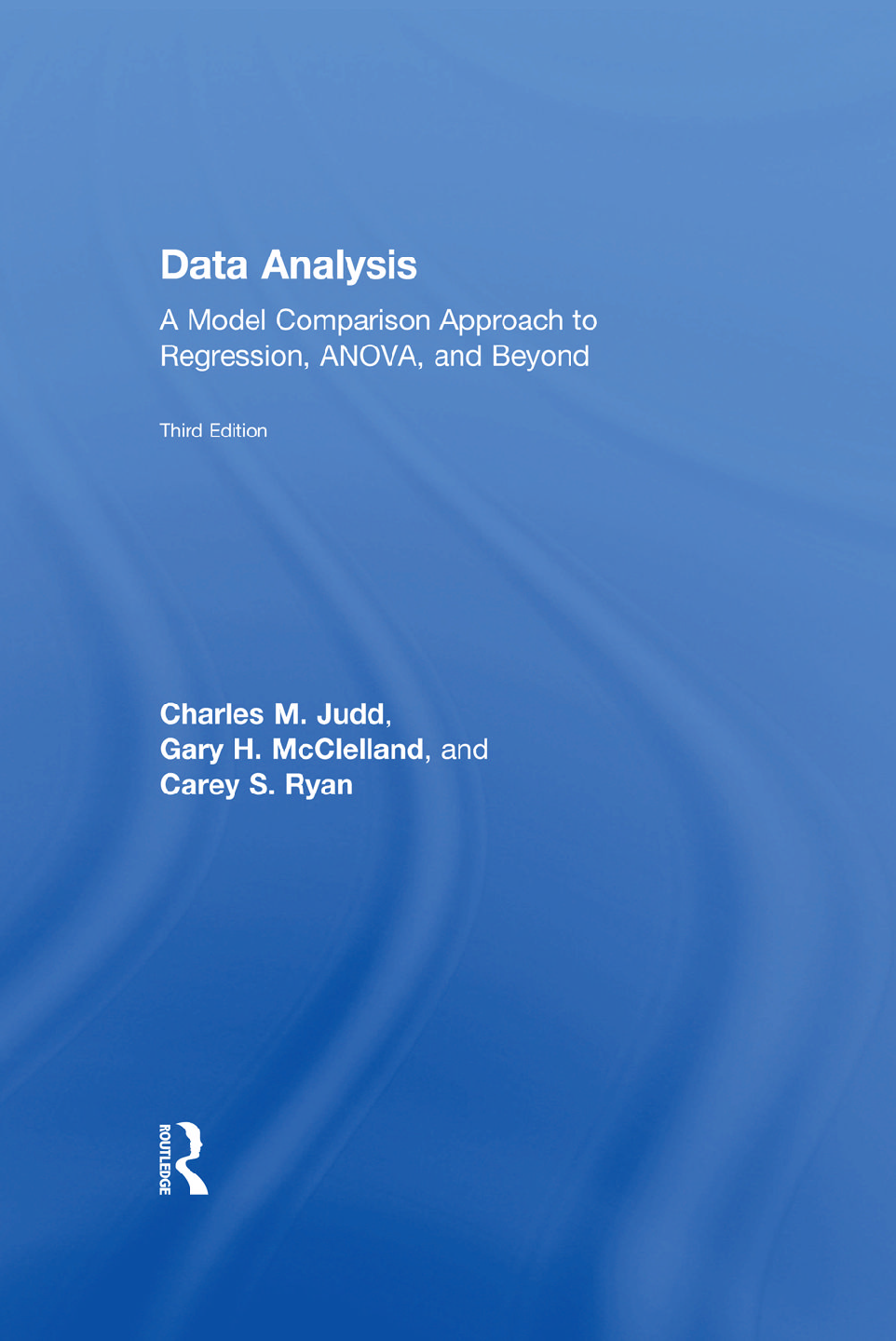






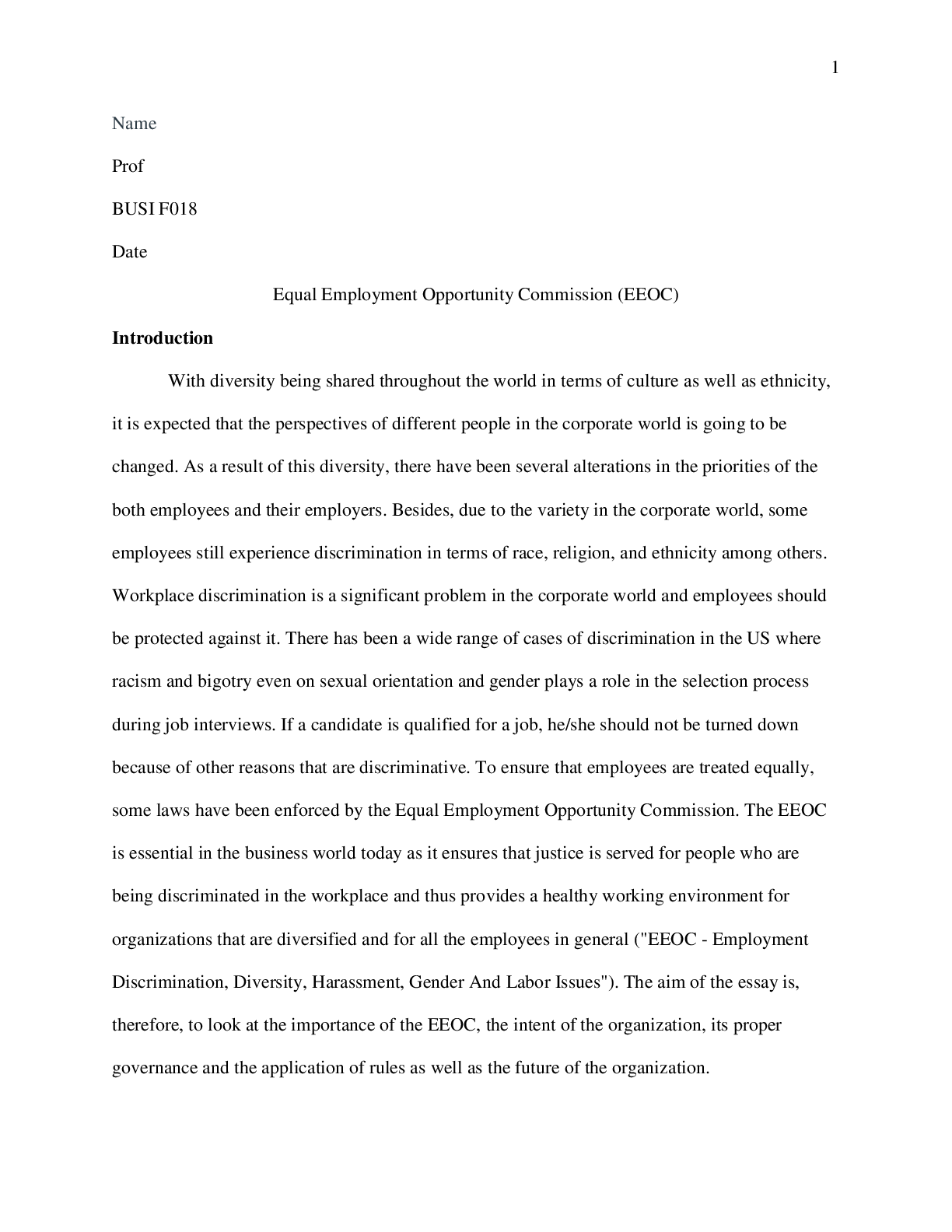
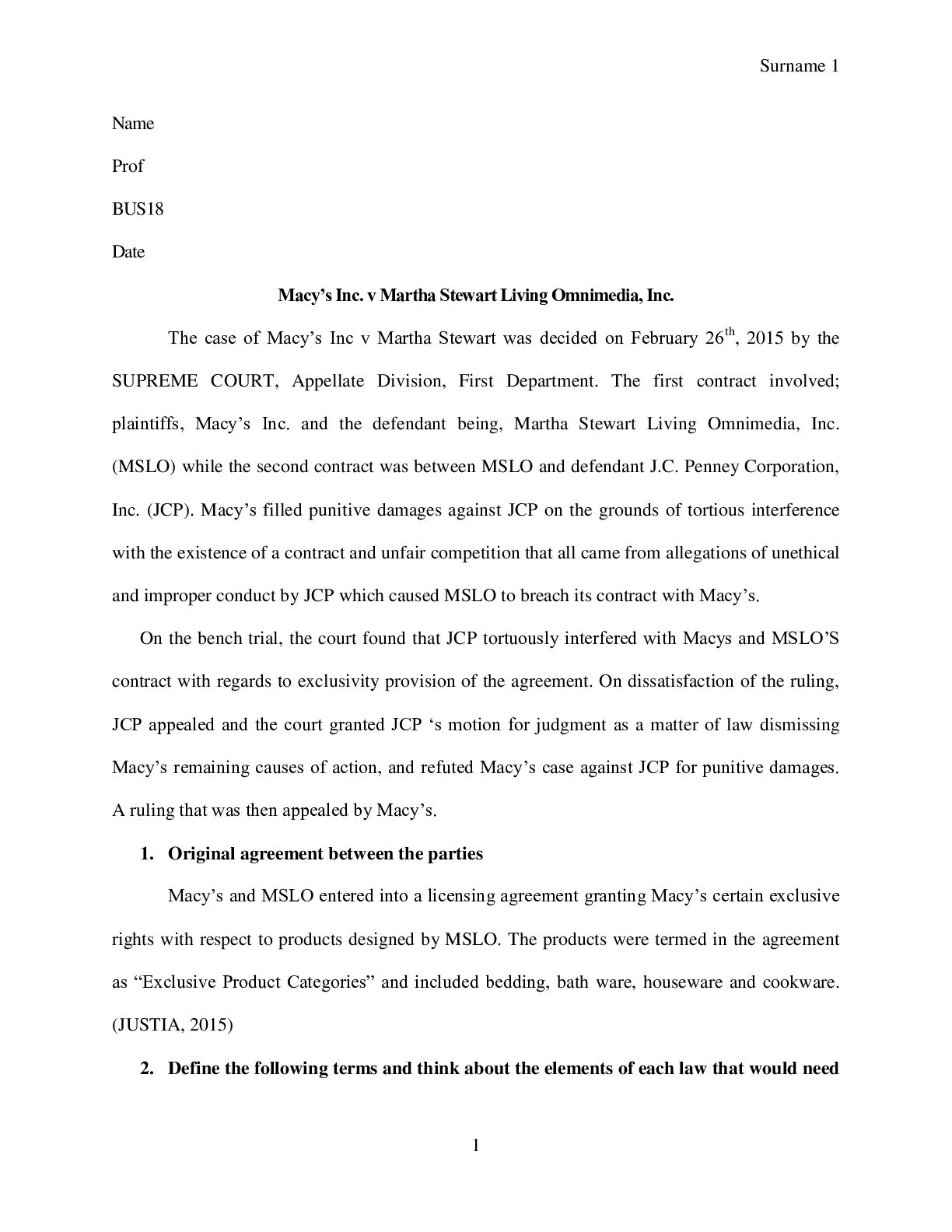

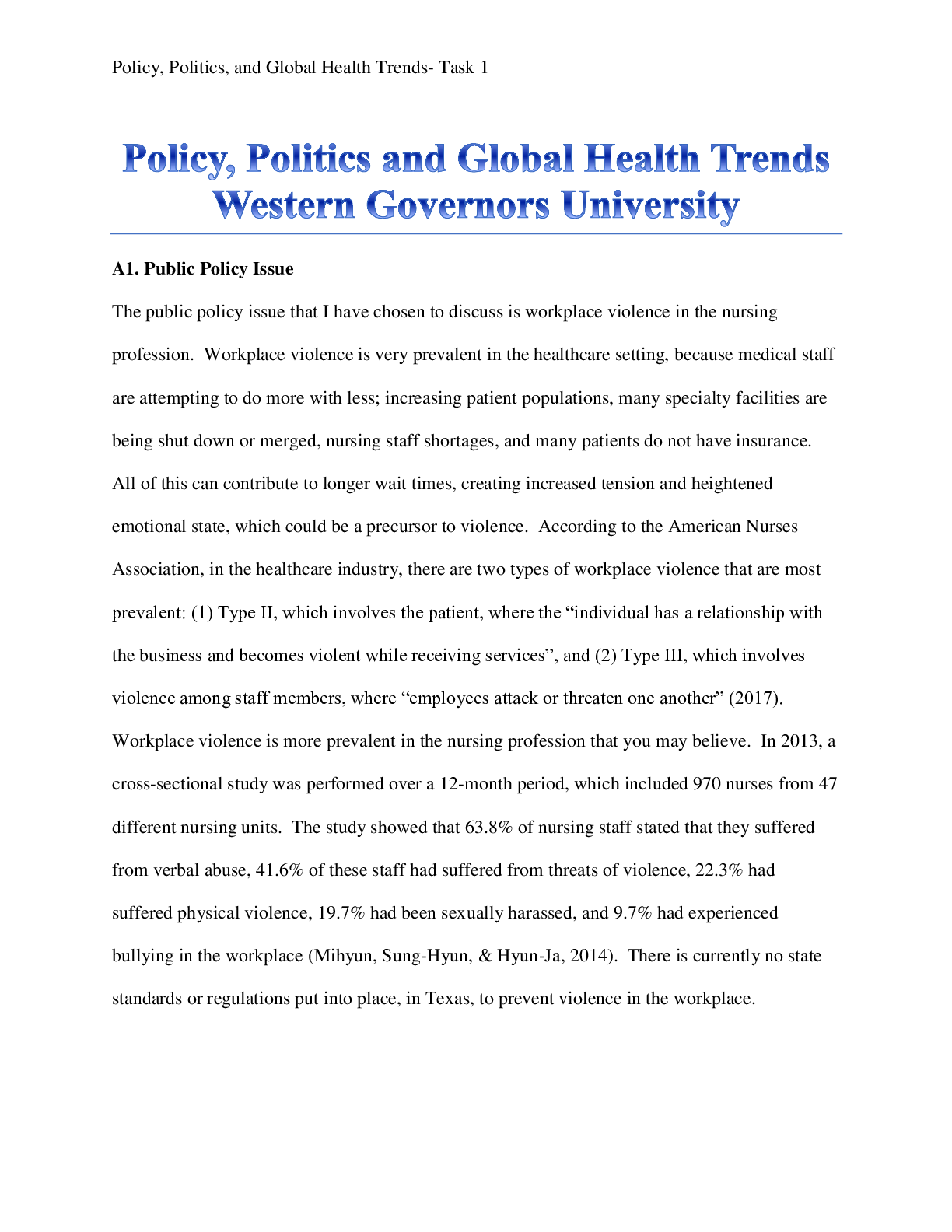
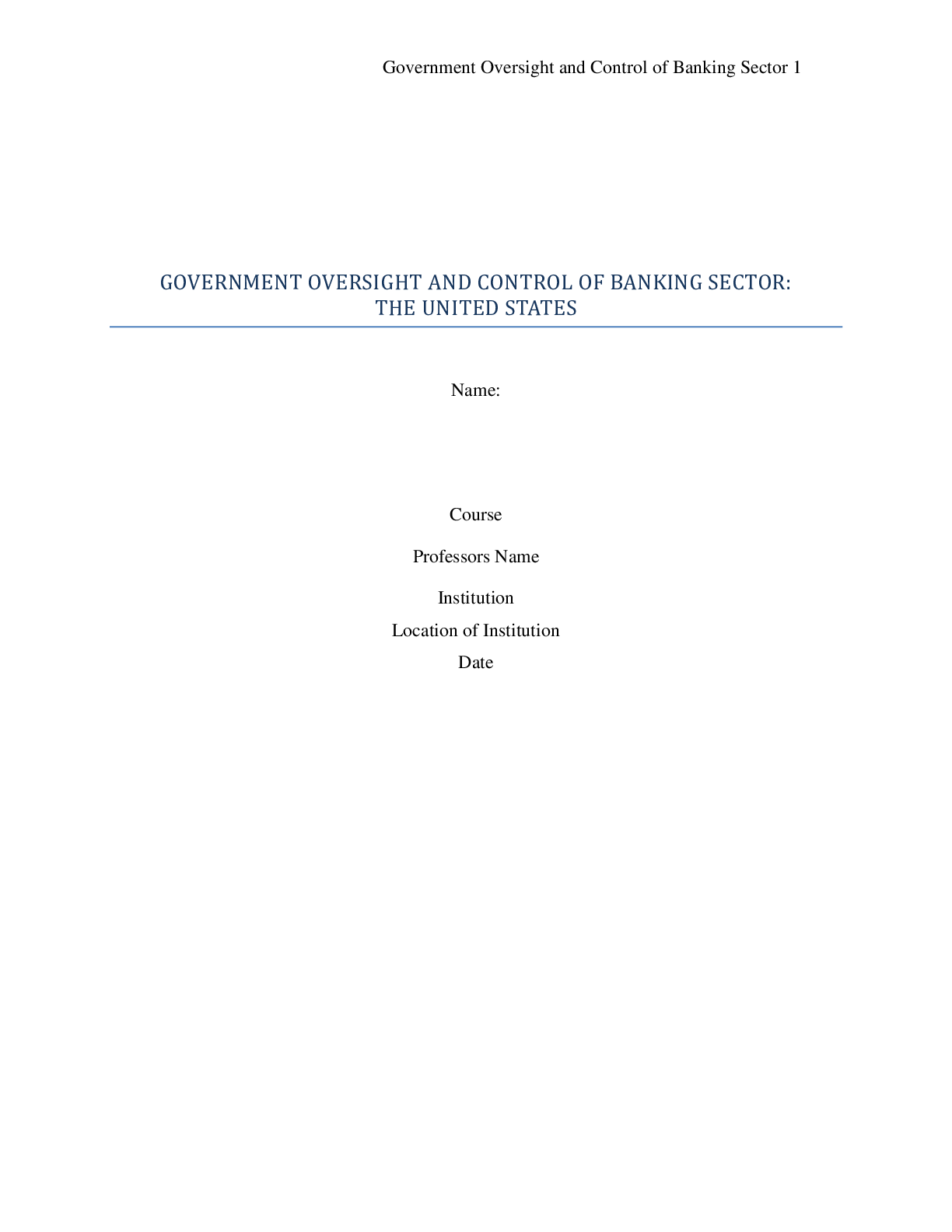

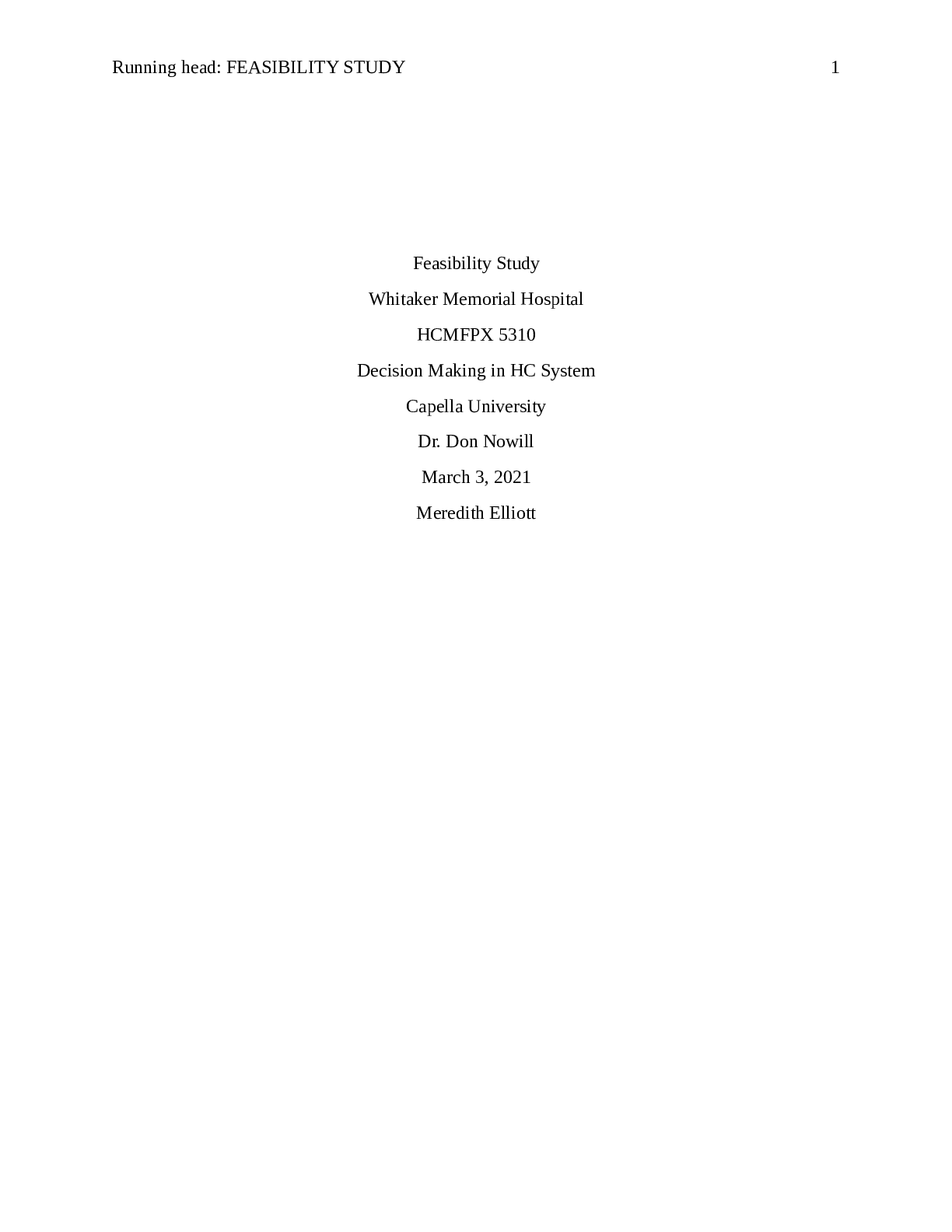


.png)

